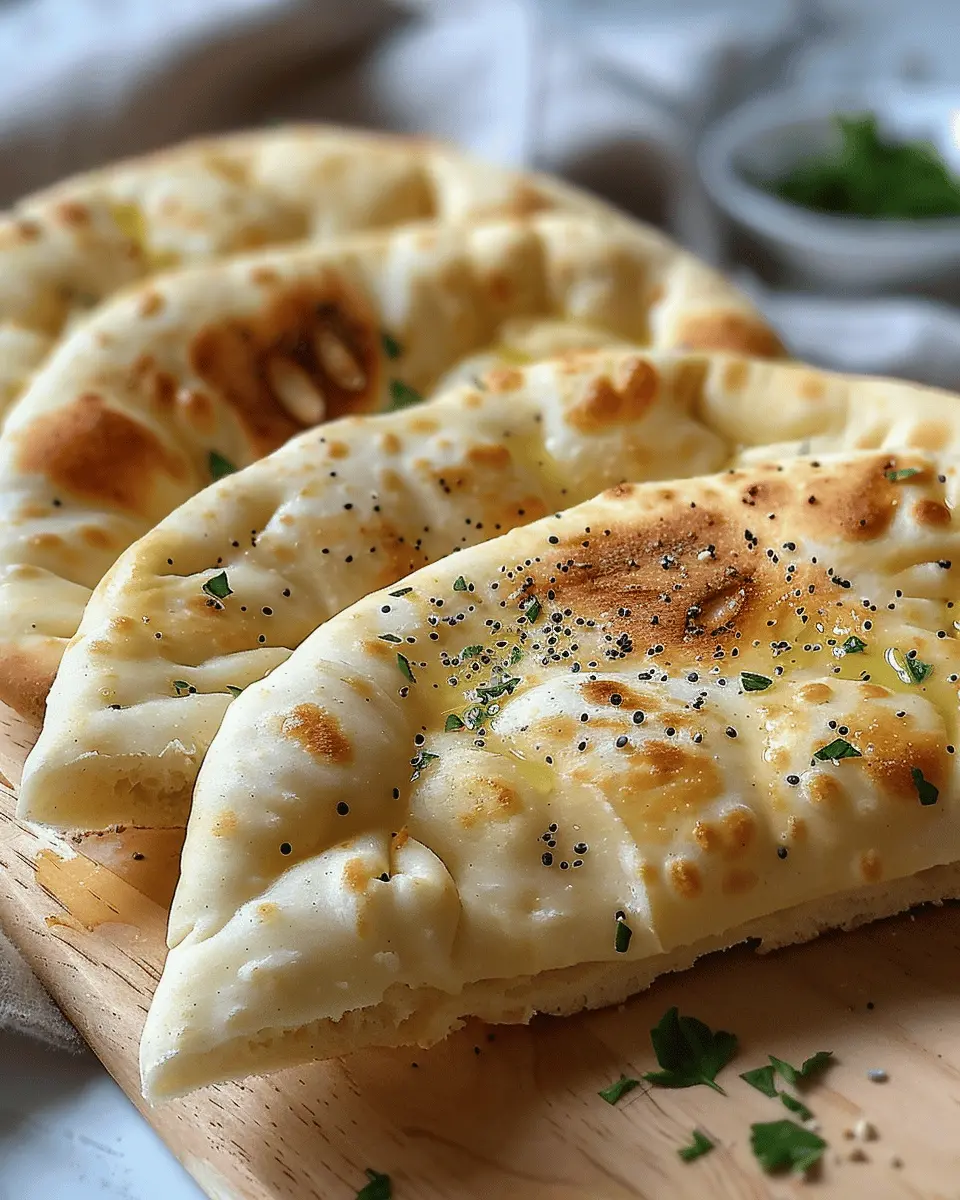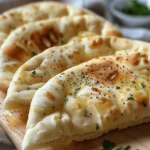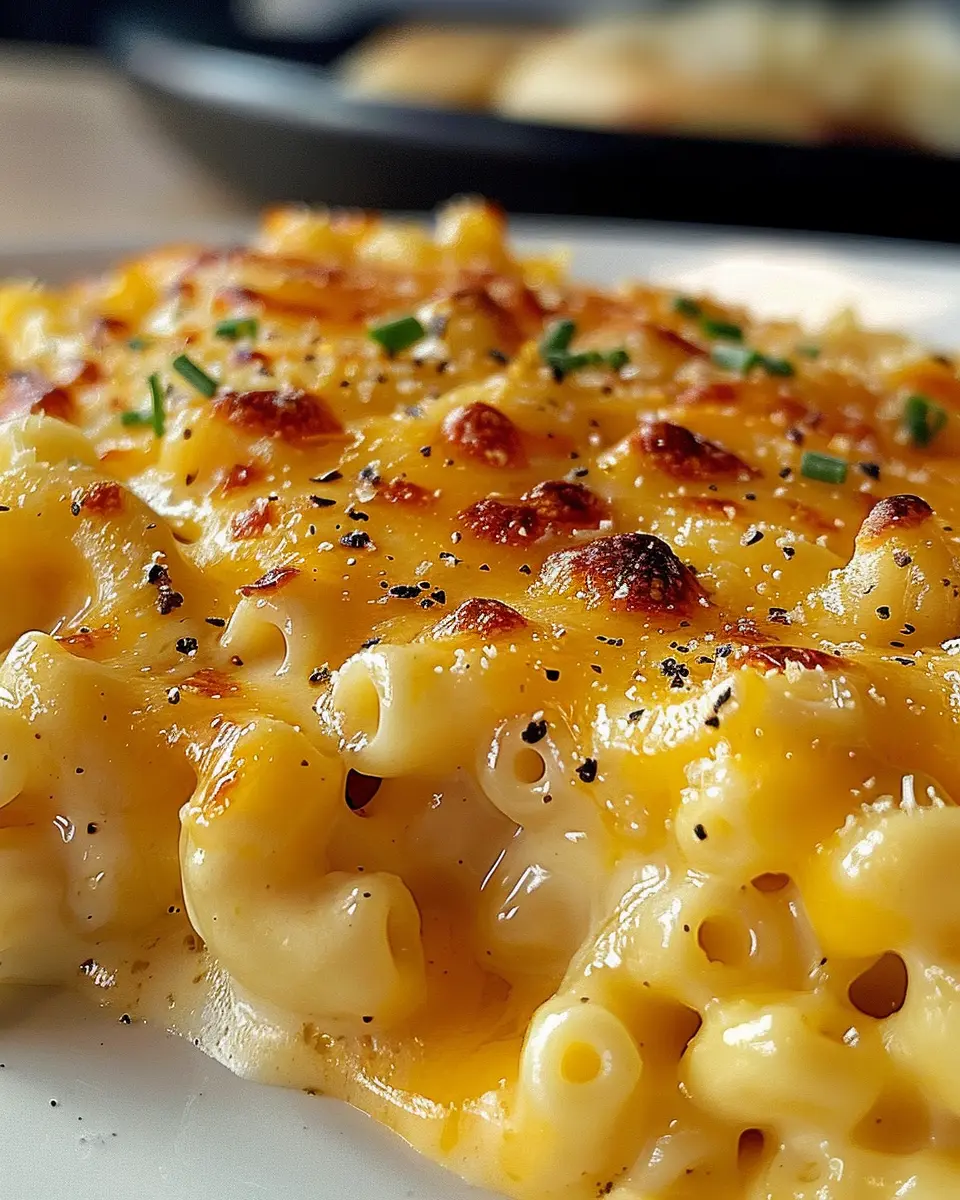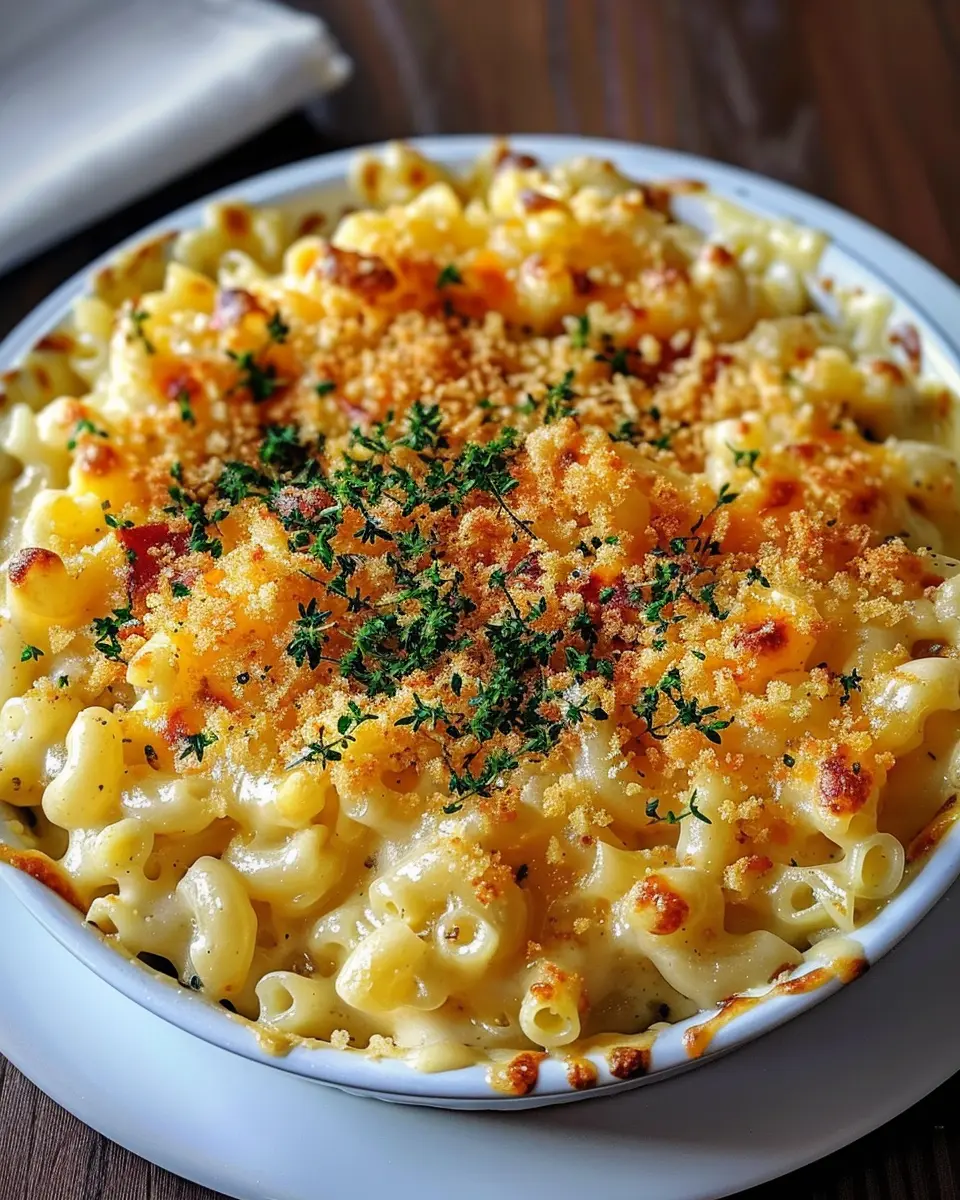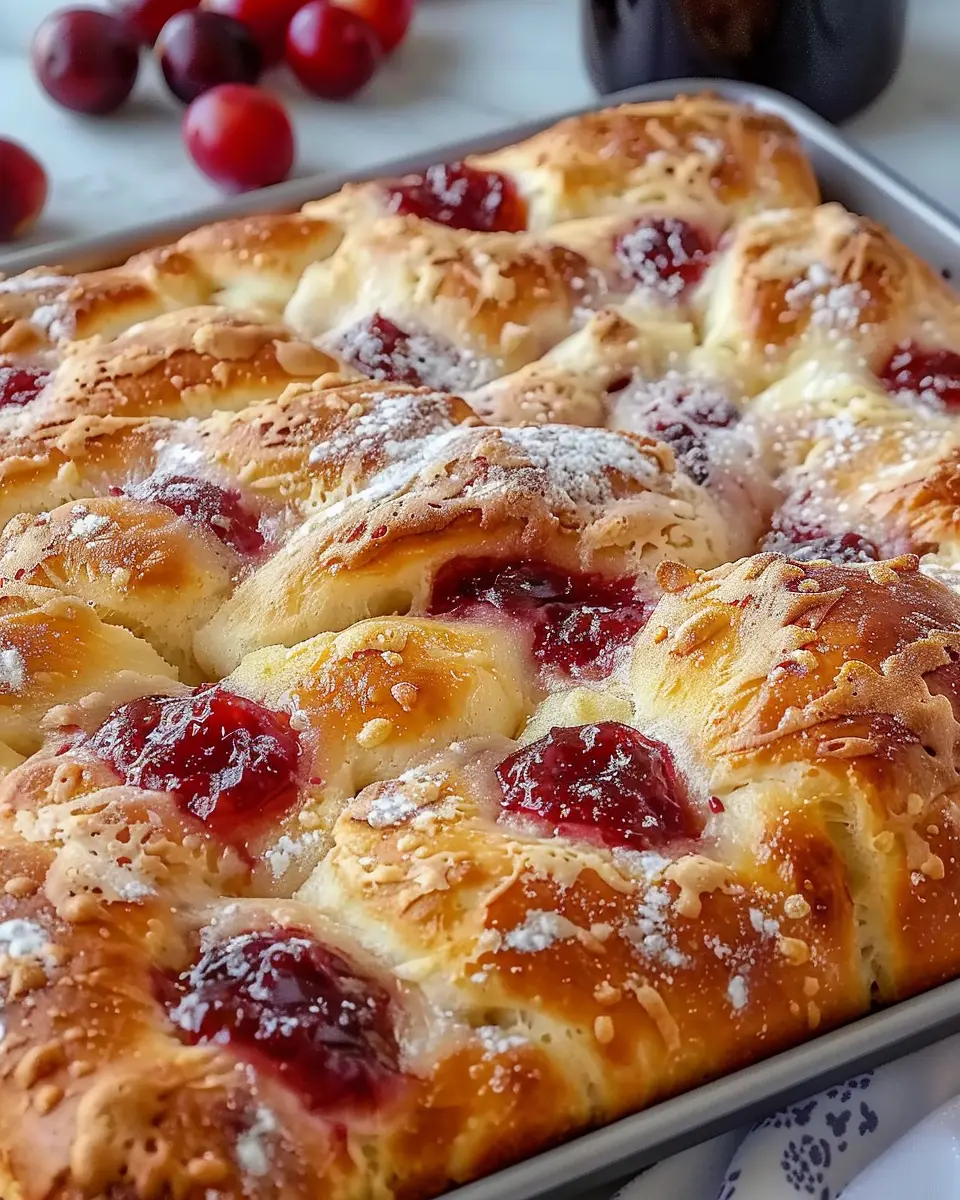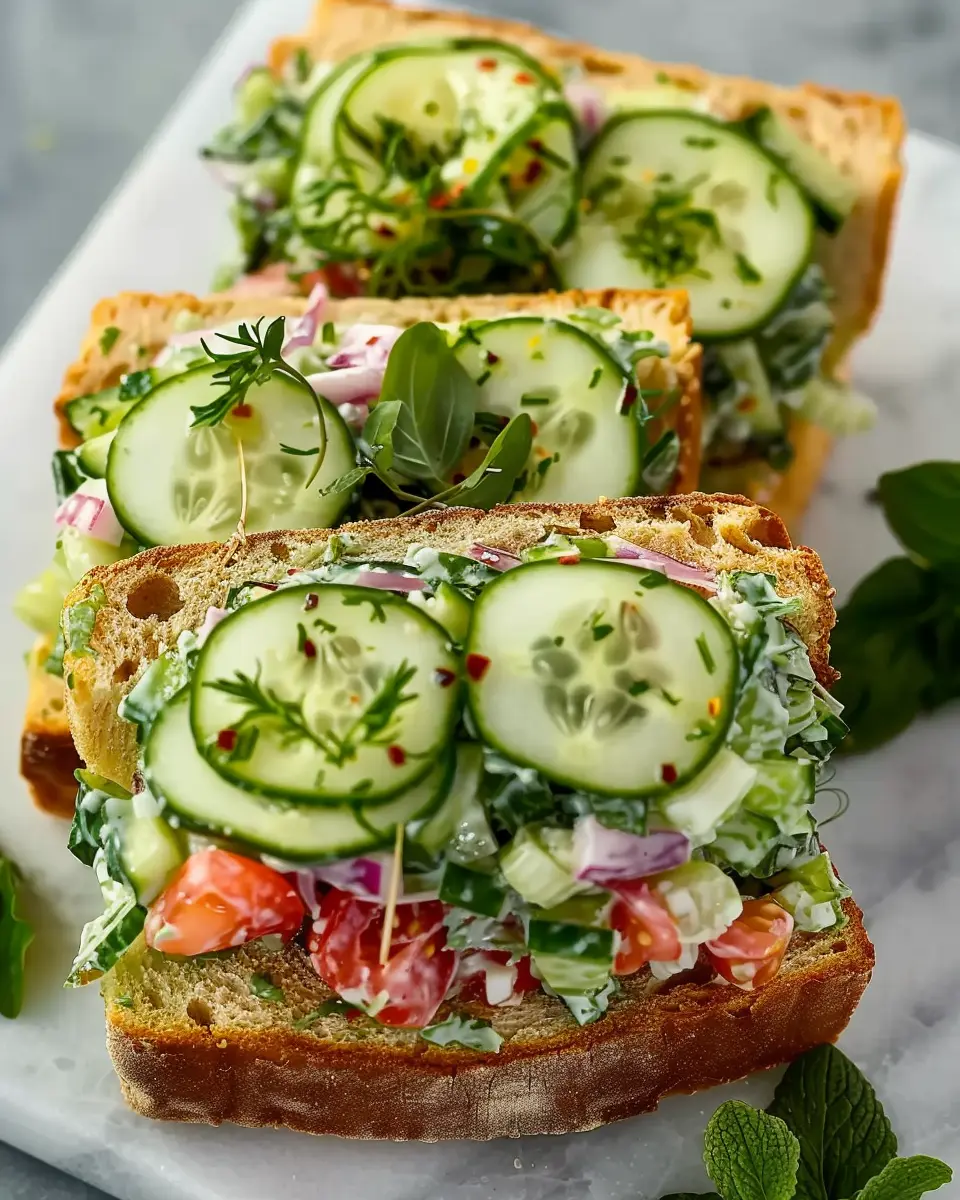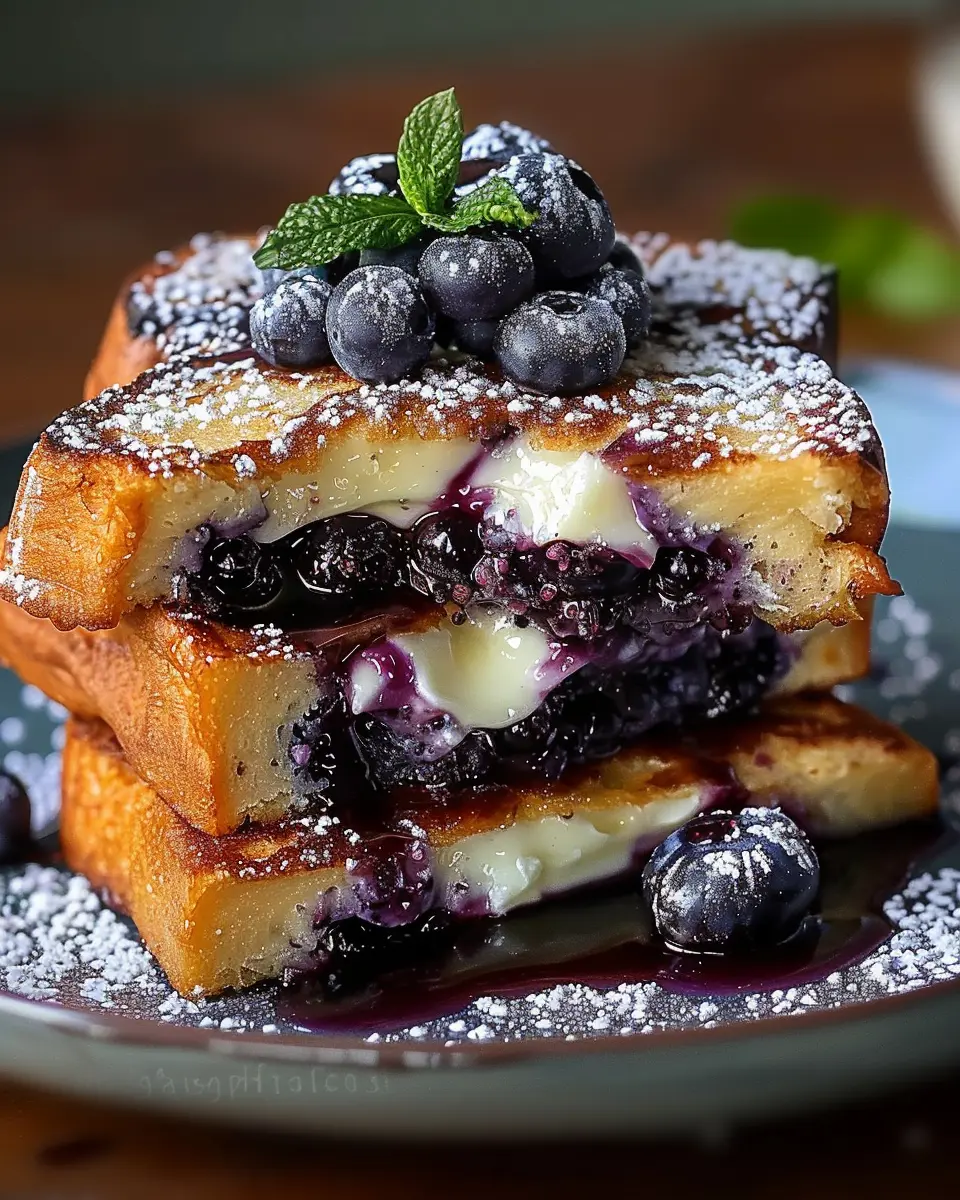Introduction to No-Oven Turkish Bread
If you’ve ever wandered through a bustling Turkish market or savored a meal at a local Mediterranean restaurant, chances are you’ve tasted the delightfully fluffy Turkish bread known as bazlama. This warm, pillowy flatbread is not just a versatile accompaniment to your meals; it’s also a fantastic way to explore new flavors without a lot of fuss. But what if I told you that you could whip up this delicious no-oven Turkish bread right in your kitchen with only three simple ingredients? Yes, you heard that correctly!
One of the joys of making your own bread is the fulfilling experience of creating something from scratch. Especially for busy young professionals, taking just a little time out of your day to make homemade bread can be a delicious way to relax and unwind. Imagine stepping into your kitchen, allowing the scent of warm bread to envelop your senses, and knowing you created it with your own hands. Plus, according to a 2022 survey conducted by the Food and Agriculture Organization, cooking at home results in healthier eating habits for those between 25 and 35, a demographic often too busy to prioritize nutritious meals.
You might be wondering why this matters. Well, for young professionals juggling work, social lives, and sometimes even educational pursuits, finding quick and healthy meals can be a struggle. By mastering this easy bazlama recipe, you can elevate your meals, whether you’re enjoying a quick breakfast with Turkey Bacon or serving it as a side to your favorite dishes. Not to mention, homemade bread is far superior to store-bought options packed with preservatives.
So why not embark on this journey? Imagine impressing your friends and colleagues with your culinary skills. And if you’re looking for ways to experiment with flavors, this bread is incredibly adaptable. Think of adding herbs or spices to your dough for a customized taste. If you’re curious about other types of bread, check out The Kitchn for more inspiration.
Ready to dive into this world of flavor? Let’s get to the no-oven Turkish bread recipe and bring a piece of Turkey into your home!
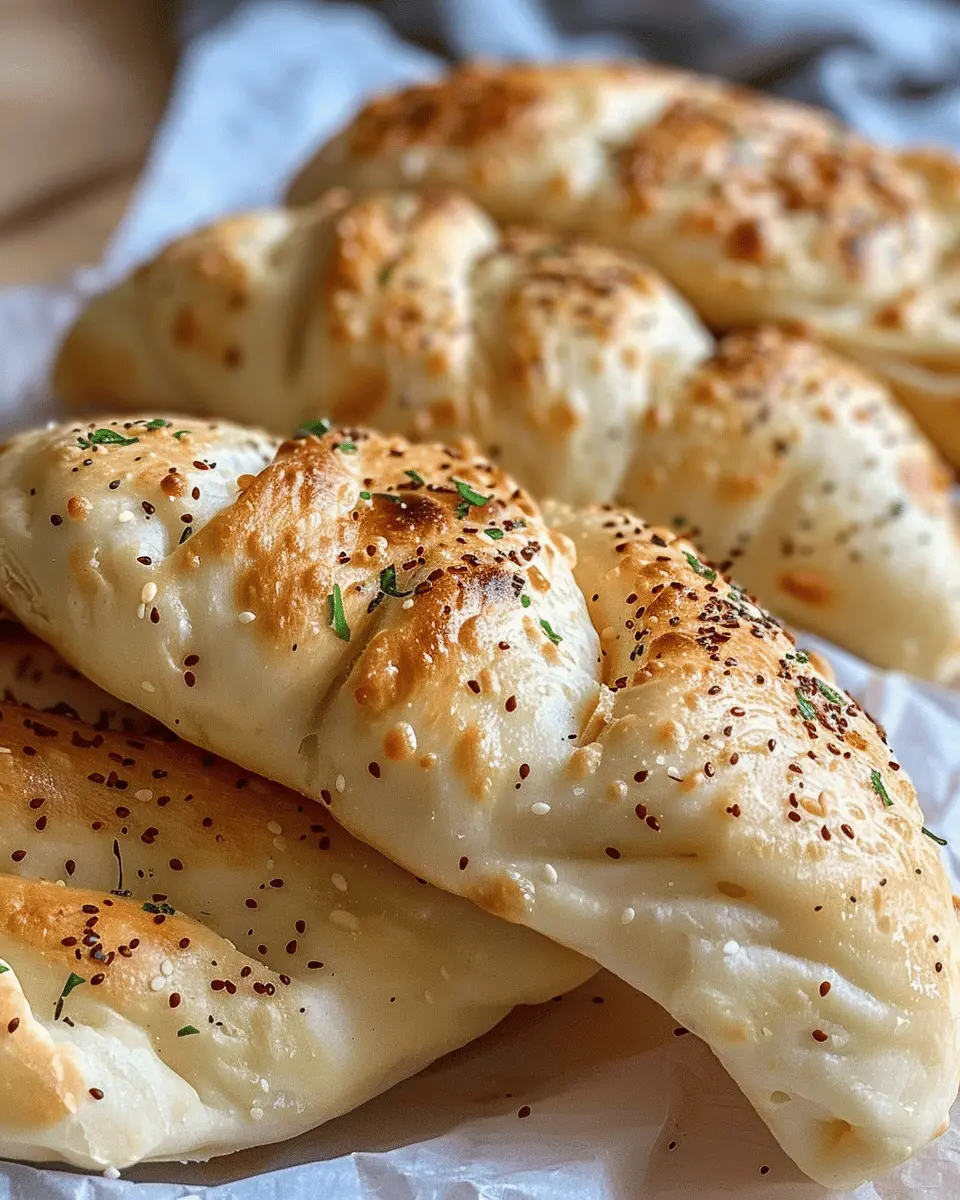
Ingredients for No-Oven Turkish Bread
Essential ingredients for a perfect bake
Creating your own no-oven Turkish bread—known as Bazlama—requires just three simple ingredients that you likely already have at home. Here’s what you need:
- All-purpose flour: This is the base of your bread. Make sure it’s of good quality for the best texture.
- Yogurt: Use plain yogurt to add moisture and tanginess. Greek yogurt works wonderfully and gives a richer flavor.
- Baking powder: This is your magical ingredient for a fluffy bread. Just a teaspoon will do the trick!
Using these basic ingredients, you’ll conjure up a delicious bread that pairs perfectly with many meals or can be enjoyed on its own.
Optional toppings for flavor enhancement
Feel free to get creative! Here are some enticing toppings that can elevate your no-oven Turkish bread experience:
- Herbs: A sprinkle of fresh parsley or dill will add a refreshing note.
- Cheese: Feta or even a sprinkle of Parmesan can introduce a savory punch.
- Seeds: Sesame or poppy seeds offer a delightful crunch and visual appeal.
Experiment with these variations to make each loaf uniquely yours. For more ideas, consider checking out resources like Serious Eats or BBC Good Food. Happy baking!
Step-by-Step Preparation of No-Oven Turkish Bread
Making no-oven Turkish bread, or Bazlama, is a delightful culinary adventure. This recipe is not just quick and easy but requires only three simple ingredients. Perfect for young professionals who are always on the go, this flatbread can elevate any meal. Let’s dive into the step-by-step preparation that will leave your kitchen smelling divine!
Combine liquids and activate the yeast
Start by gathering your ingredients. You will need warm water (approximately 110°F or 43°C) and your yeast. In a medium bowl, combine:
- 1 cup of warm water
- 1 teaspoon of dry active yeast
Allow this mixture to rest for about 5-10 minutes. You’ll notice it starting to froth; this means the yeast is activated and ready to go! This step is crucial because it sets the whole process in motion. If you’re curious about how yeast works, check out this informative article on the science of yeast fermentation.
Mix dry ingredients for the dough
While waiting for the yeast, let’s focus on the dry ingredients. In another bowl, combine:
- 2 cups of all-purpose flour
- 1 teaspoon of salt
Mix these thoroughly to ensure even seasoning. At this stage, you’re setting the foundation of your no-oven Turkish bread. The flour and salt work in tandem to create a delightful flavor and texture that’s going to wow your taste buds.
Knead the dough until smooth and elastic
Once your yeast mixture is frothy, it’s time to bring your dough together. Gradually add the yeast mixture to the flour and salt. After it’s combined, transfer it to a lightly floured surface. Here’s where things get hands-on! Start kneading the dough for about 8-10 minutes until it becomes smooth and elastic.
If you’re new to kneading, think of it like a workout for your hands! Push down the dough with the palms of your hands, fold it over, and repeat. This is what develops the gluten that gives the bread its structure. Trust me, the effort will be worth it!
Let the dough rise until doubled in size
Place the kneaded dough into a lightly greased bowl and cover it with a damp cloth or plastic wrap. Allow it to rise in a warm place until it doubles in size, which typically takes about 1 hour. This is a great time to clean up your kitchen like a pro or get your toppings ready for the no-oven Turkish bread.
Shape the dough into rounds
Once the dough has risen beautifully, it’s time to divide and conquer! Gently punch down the dough to release some air, then turn it out onto a floured surface. Divide it into 6-8 equal pieces, depending on your preferred size. Shape each piece into a ball, then flatten it gently into a disk about ½ inch thick.
This is where you could also let your creativity shine! Feel free to add spices or herbs into the dough for added flavor.
Cook the bread in a pan over medium heat
Now, grab your trusty skillet (cast iron works great!) and place it on medium heat. Once the pan is hot, add the flattened rounds one at a time. Cook for about 2-3 minutes on each side until you get those lovely golden-brown spots. These spots are the marks of well-cooked no-oven Turkish bread!
Finish cooking and add optional toppings
Once you’ve cooked all the rounds, you can play around with optional toppings! A drizzle of olive oil, a sprinkle of sea salt, or even some za’atar can take your bread to the next level. Pair it with dips like hummus or tzatziki to create a fantastic snack or side dish.
Now you’ve mastered the art of making no-oven Turkish bread. Enjoy the experience, and don’t hesitate to share your delicious results with friends and family! For more insights into different types of breads, you can check out this amazing bread guide. Happy baking!
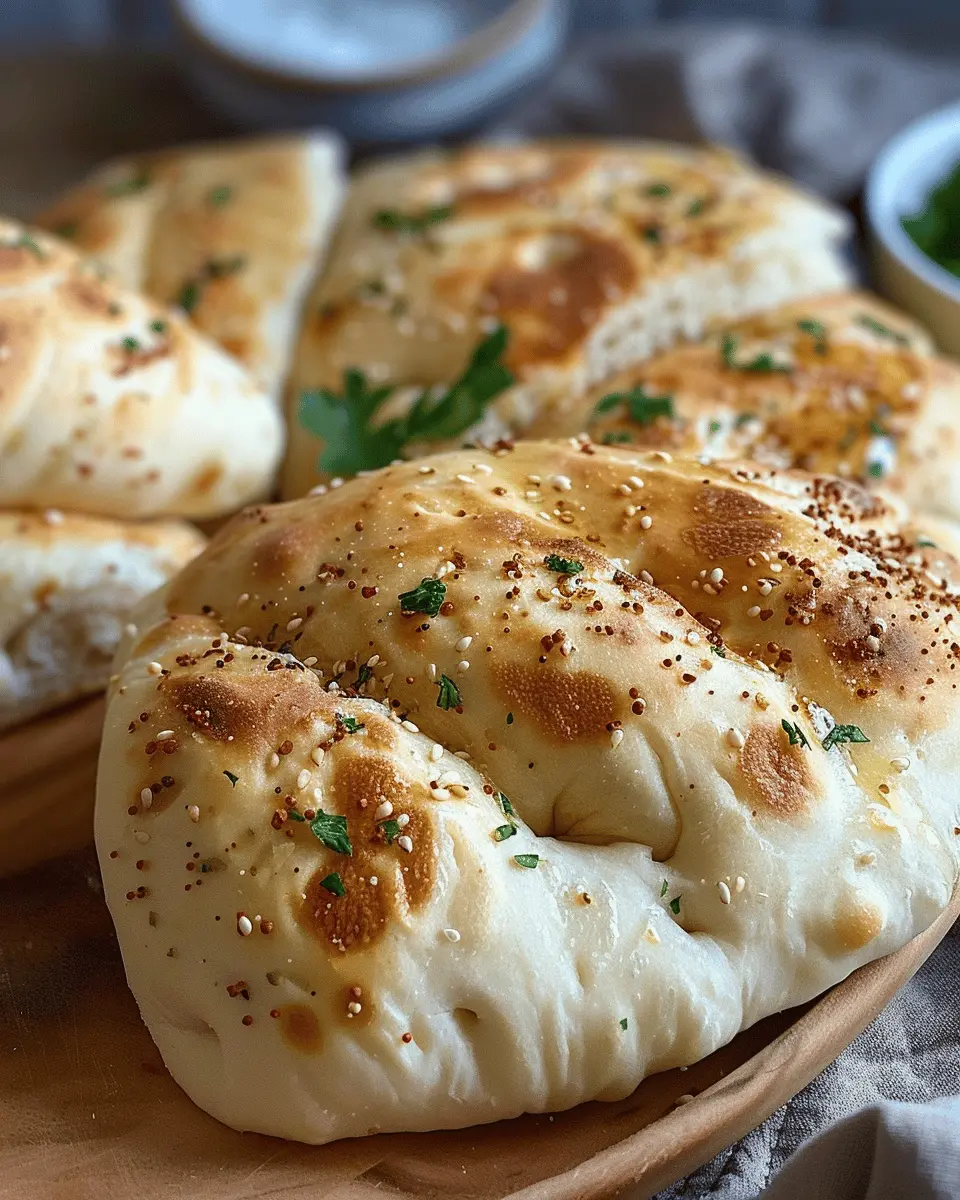
Variations of No-Oven Turkish Bread
Exploring the world of no-oven Turkish bread opens up a treasure chest of flavor variations! Not only does this simple method cater to your culinary creativity, but it also allows you to cater to your taste preferences. Let’s dive into a couple of tasty twists on the classic recipe to enhance your baking adventures.
Basil and Sun-Dried Tomato Twist
Add a burst of Mediterranean flavor with a basil and sun-dried tomato twist. Simply incorporate finely chopped fresh basil and diced sun-dried tomatoes into the dough as you mix your three base ingredients. This combination not only brightens up the no-oven Turkish bread but also gives it a delightful pop of color. The aromatic basil complements the tangy sun-dried tomatoes, making it perfect for a savory dip or as a warm accompaniment to your favorite dishes. Serve it alongside a homemade hummus or even a vibrant Greek salad for a complete meal!
Garlic and Herb Infused Version
For those craving a heartier flavor profile, consider the garlic and herb infused version. Mince a few cloves of garlic and mix them into your dough, along with a medley of herbs like oregano and thyme. This not only infuses the bread with aromatic goodness but also adds a fragrant richness that makes your kitchen smell divine. Enjoy it warm with a drizzle of olive oil for a delightful snack or slice it to elevate your sandwiches, perhaps featuring turkey bacon or chicken ham.
With these variations, your no-oven Turkish bread can transform from simple to spectacular, making it a versatile staple in any kitchen. For more creative ideas, check out seriouseats.com or bonappetit.com for even more flavor inspiration!
Cooking Tips and Notes for No-Oven Turkish Bread
Common Mistakes and How to Avoid Them
Making no-oven Turkish bread, or bazlama, might seem straightforward, but there are a few common pitfalls. One of the biggest mistakes is using cold ingredients. Make sure your flour and water are at room temperature for the best texture. It’s also vital to knead the dough just enough; over-kneading can lead to tough bread instead of soft and pillowy. Finally, don’t skip the resting phase, as it allows the gluten to develop, yielding a fluffier result.
Storing Leftovers and Freezing Options
If you find yourself with leftovers of this delectable no-oven Turkish bread, store them in an airtight container at room temperature for up to two days. For longer storage, consider freezing them. Simply wrap each piece in plastic wrap and then place them in a freezer bag. When you’re ready to enjoy some again, just take them out and let them thaw at room temperature, or warm them up in a skillet for a few minutes. For more great storage tips, check out this guide on bread preservation.
Feel free to experiment by serving this bread with dips, but the classic option remains spiced olive oil — it’s utterly divine!
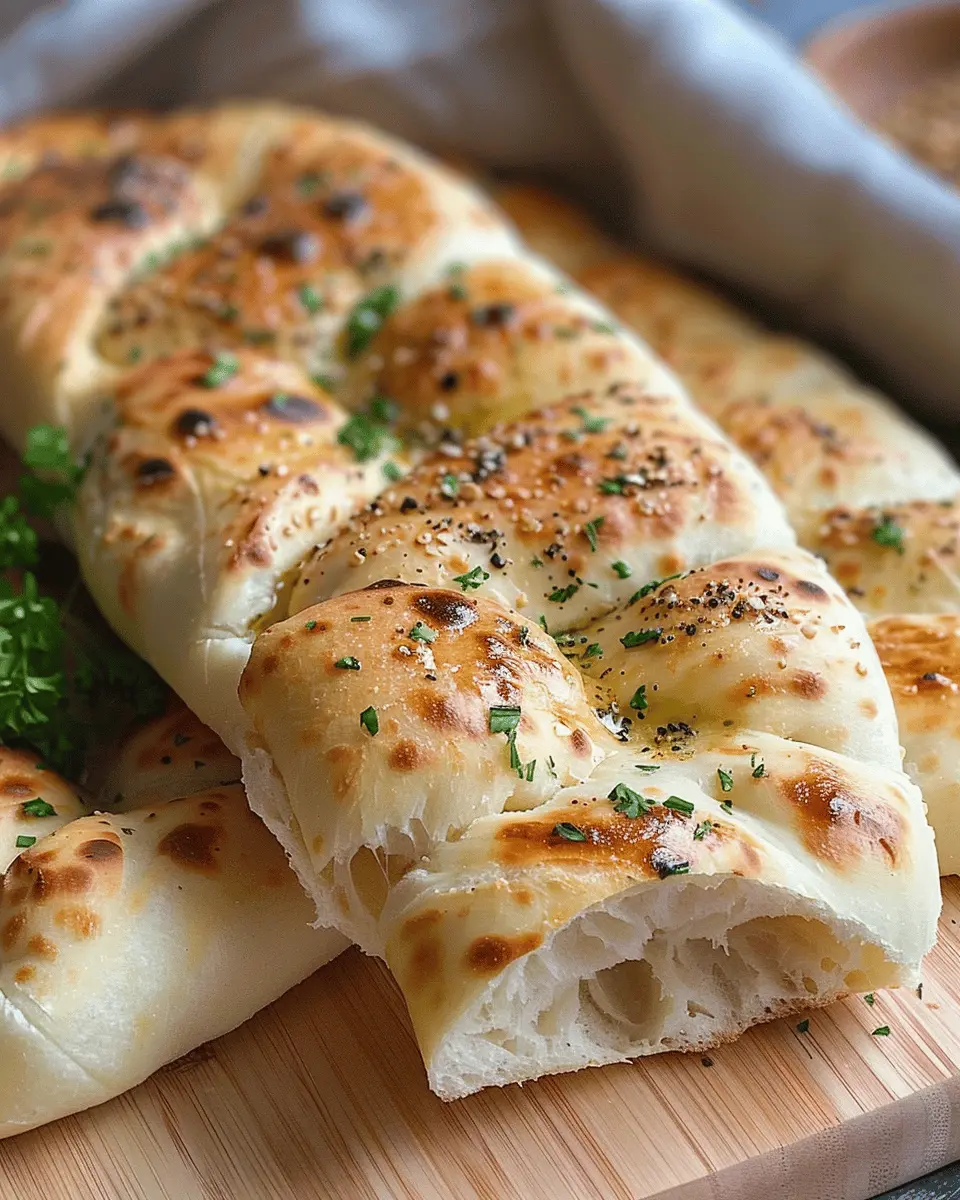
Serving Suggestions for No-Oven Turkish Bread
Best dishes to pair with Turkish bread
When enjoying your no-oven Turkish bread, think about pairing it with vibrant, flavorful dishes that enhance your meal. This versatile bread complements a variety of options, such as:
- Mediterranean Dips: Serve with a spread of hummus, tzatziki, or baba ghanoush for a delightful appetizer.
- Grilled Vegetables: Roasted eggplant, zucchini, and bell peppers are fantastic for a light lunch.
- Savory Sandwiches: Stack it with turkey bacon, chicken ham, or roasted chicken, adding fresh greens and tangy sauces for a satisfying sandwich.
- Soups and Stews: Use it to soak up the delicious flavors of lentil soup or a hearty vegetable stew.
Creative uses for leftover bread
If you find yourself with leftover no-oven Turkish bread, don’t let it go to waste! Here are some fun and inventive ideas:
- Bread Crumbs: Toast and blend them into breadcrumbs for a crunchy topping on casseroles.
- Pita Style Pockets: Cut them in half and fill with your favorite meats, veggies, or salads.
- Breakfast Treats: Transform them into a sweet French toast by soaking them in a mix of eggs and milk, then pan-frying until golden.
With these serving suggestions, your no-oven Turkish bread will be the star of your meals, ensuring every bite is delicious and delightful! For more ideas on pairing meals with bread, explore resources such as The Kitchn or Serious Eats.
Time Breakdown for No-Oven Turkish Bread
Preparation Time
Getting started on your no-oven Turkish bread (Bazlama) is a breeze! You can whip up the dough in about 10 minutes. Just gather your three ingredients—flour, yogurt, and baking powder—and mix them together. To save time, measure your ingredients beforehand and maybe even prep a fun playlist to keep your spirits high as you knead!
Cooking Time
Once your dough is ready, cooking these delightful flatbreads takes about 15-20 minutes. Bake them on the stovetop in a skillet, flipping halfway through – it’s a straightforward and engaging process!
Total Time
In just 30 minutes—10 minutes for prep and 20 for cooking—you’ll have fresh, homemade no-oven Turkish bread ready to enjoy. This recipe is ideal for busy weeknights or casual weekends, making it easy to enjoy a tasty, authentic dish.
Dive deeper into the world of Turkish cuisine, and consider checking out this guide on traditional baking methods for more culinary inspiration.
Nutritional Facts for No-Oven Turkish Bread
Calories per serving
When you indulge in this delicious no-oven Turkish bread (Bazlama), you’ll be pleasantly surprised to find that it offers around 140 calories per serving. This makes it an excellent choice for a light snack or as a tasty accompaniment to your meals.
Macronutrient breakdown
Now, let’s take a closer look at the macronutrient profile:
- Carbohydrates: Approximately 30 grams
- Protein: About 4 grams
- Fat: Roughly 1 gram
This simple and satisfying no-oven Turkish bread is not only easy to make but also provides a balanced mix of essential nutrients. If you’re keen on healthy eating, you might like to check out resources like Healthline for more insights on healthy bread options.
Are you ready to whip up this delightful treat? You won’t regret integrating it into your culinary repertoire!
FAQs about No-Oven Turkish Bread
Can I use other types of flour?
Absolutely! While our no-oven Turkish bread, or bazlama, is traditionally made with all-purpose flour, you can experiment with alternatives. Whole wheat flour adds a nuttier flavor and more fiber, while spelt flour offers a unique taste profile. Just keep in mind that different flours can affect texture, so you might need to adjust the water slightly. For more tips on flour substitutions, check out this comprehensive guide on baking flour from King Arthur Baking.
Why is my bread not rising?
If your no-oven Turkish bread isn’t rising as expected, there could be a few culprits. First, ensure your baking powder is fresh—old baking powder can lead to flat results. Also, check the dough’s consistency; it should be moist but not sticky. If you’ve added too much flour while kneading, it could hinder the rise too. Lastly, remember that temperature can play a role; a warm environment can help with fermentation.
How can I make this recipe gluten-free?
Making this delectable bread gluten-free is definitely possible! Simply substitute all-purpose flour with a gluten-free blend that contains xanthan gum, which helps mimic the elasticity of gluten. Be aware that the texture may differ slightly from the traditional version, but it will still be delicious. If you’re looking for a blend recommendation, check out Bob’s Red Mill Gluten-Free 1-to-1 Baking Flour.
Tackling the no-oven Turkish bread recipe is rewarding, and I hope these FAQs help you enjoy your baking journey even more!
Conclusion on No-Oven Turkish Bread
Final thoughts on the joy of homemade bread
There’s something truly special about creating no-oven Turkish bread at home. The process connects us to centuries of tradition while allowing us to experiment with flavors that suit our own tastes. Imagine enjoying soft, warm bazlama straight from the pan, the inviting aroma filling your kitchen—it’s a delicious way to bond with friends and family.
The beauty of this simple recipe lies in its versatility. You can enjoy it with various spreads, dips, or alongside savory dishes. Plus, with only three ingredients, it’s perfect for those busy weekdays when you crave something homemade but quick. So why not shake things up in your kitchen? Try making this bread today—it’s a delightful way to share the joy of cooking! For more inspiration, check out additional bread recipes on EatingWell or BBC Good Food.
PrintNo-Oven Turkish Bread: Easy 3-Ingredient Bazlama Recipe
This No-Oven Turkish Bread, known as Bazlama, is a simple and delicious recipe that requires only three ingredients.
- Prep Time: 10 minutes
- Cook Time: 15 minutes
- Total Time: 25 minutes
- Yield: 4 servings 1x
- Category: Bread
- Method: Skillet
- Cuisine: Turkish
- Diet: Vegetarian
Ingredients
- 2 cups all-purpose flour
- 1 cup water
- 1 teaspoon salt
Instructions
- In a mixing bowl, combine the flour and salt.
- Gradually add water and mix until a soft dough forms.
- Divide the dough into equal portions and shape them into discs.
- Cook each disc on a skillet over medium heat until both sides are golden brown.
- Serve warm.
Notes
- For best results, let the dough rest for 30 minutes before cooking.
- Experiment with different toppings like sesame seeds for added flavor.
Nutrition
- Serving Size: 1 piece
- Calories: 150
- Sugar: 0g
- Sodium: 300mg
- Fat: 1g
- Saturated Fat: 0g
- Unsaturated Fat: 0.5g
- Trans Fat: 0g
- Carbohydrates: 32g
- Fiber: 1g
- Protein: 4g
- Cholesterol: 0mg
Keywords: No-Oven Turkish Bread, Bazlama, easy recipes, 3-ingredient bread
